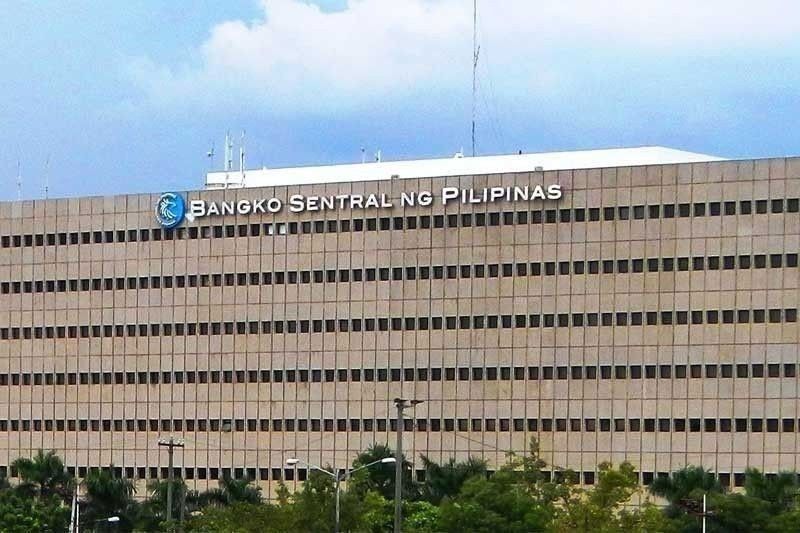Banking sector safe, BSP chief assures Palace

MANILA, Philippines — The Philippine banking sector remains strong and ready to withstand possible shocks posed by the collapse of global banks, the country’s central banker assured Malacañang yesterday.
In a report on the stability of the Philippine banking system submitted to President Marcos, Bangko Sentral ng Pilipinas (BSP) Governor Felipe Medalla said local banks have an asset base that significantly differs from that of US banks.
Medalla pointed out that Philippine banks mostly hold loans that are less susceptible to changes in fair value, whereas the security holdings of the global banks were larger in relation to their capital.
As of end-January, data showed the total loan portfolio, net of allowance for credit losses, comprised the largest share of the banking system’s total assets at 53 percent or P11.92 trillion, followed by investments with a 29.2 percent share or P6.56 trillion, and cash and due from banks with 12.2 percent share or P2.74 trillion.
Only 27.5 percent or P6.33 trillion of the Philippine banking system’s total assets are in portfolio investments. In comparison, the collapsed Silicon Valley Bank had about $118 billion in debt securities or roughly 56.5 percent of its $209 billion total assets as of end-December.
Medalla added that the country’s banking system also has lower market risk exposure compared to US banks.
“Losses of Philippine banks, including estimated net unrealized losses on security holdings due to the rising interest rate environment, are expected to be smaller relative to their US counterparts,” he said.
The banking system’s non-performing loans ratio stood at 3.3 percent as of January from 4.1 percent in end-January last year, while the liquidity coverage ratio of universal/commercial banks was at 185.7 percent on solo basis as of end-December 2022, higher than the 100 percent minimum requirement.
The minimum liquidity ratios of stand-alone thrift banks, rural banks and cooperative banks were higher than the 20 percent requirement and stood at 29.9 percent, 63.7 percent, and 44.4 percent, respectively, on solo basis.
Medalla said the policy rate hikes delivered by the US Federal Reserve were larger and came from a lower level than BSP policy rates and the Philippine yield curve did not invert similar to the US yield curve,
Furthermore, Medalla added that US banks’ bond holdings have longer tenors of up to 30 years, while Philippine banks mostly hold government securities with residual maturity of up to 15 years.
According to the BSP chief, Philippine banks also maintain a diversified lending base across counterparties and industry types and their loan quality is manageable.
He said the banks also have strong risk governance and risk management systems as well as maintain sufficient capital to absorb unexpected losses from policy rate increases.
Likewise, he added that banks in the country are highly liquid and tend to rely on a wide depositor base compared to US banks.
Medalla reiterated that Philippine banks do not have material exposure to the failed banks.
Nonetheless, the BSP chief said the regulator would continue to closely monitor developments, assess their impact on the banking system and respond accordingly.
“The BSP has long implemented structural reforms to ensure the safety and soundness of banks,” Medalla said.
The central bank, Medalla added, has adopted sound governance and risk management standards that enable banks to assume risks commensurate with their risk-bearing capacity.
Likewise, prudential limits and requirements, including the Basel III reforms on capital and liquidity standards have been implemented to enable banks to maintain adequate capital and liquidity.
The regulator has also strengthened surveillance mechanisms and coordination efforts to closely monitor developments that may pose risks to the financial system and proactively respond as warranted.
According to Medalla, the BSP also has in place Emergency Loan Facilities that can be tapped by solvent banks experiencing serious liquidity problems.
Lastly, he said that the central bank was also given enhanced resolution authority through the amendments to the Charter of the Philippine Deposit Insurance Corp. (PDIC).
“It does not look like that other globally systemically important banks have the same problem, in which case the impact on the global economy (and therefore the Philippines) will not be significant,” Medalla said.
- Latest
- Trending

























